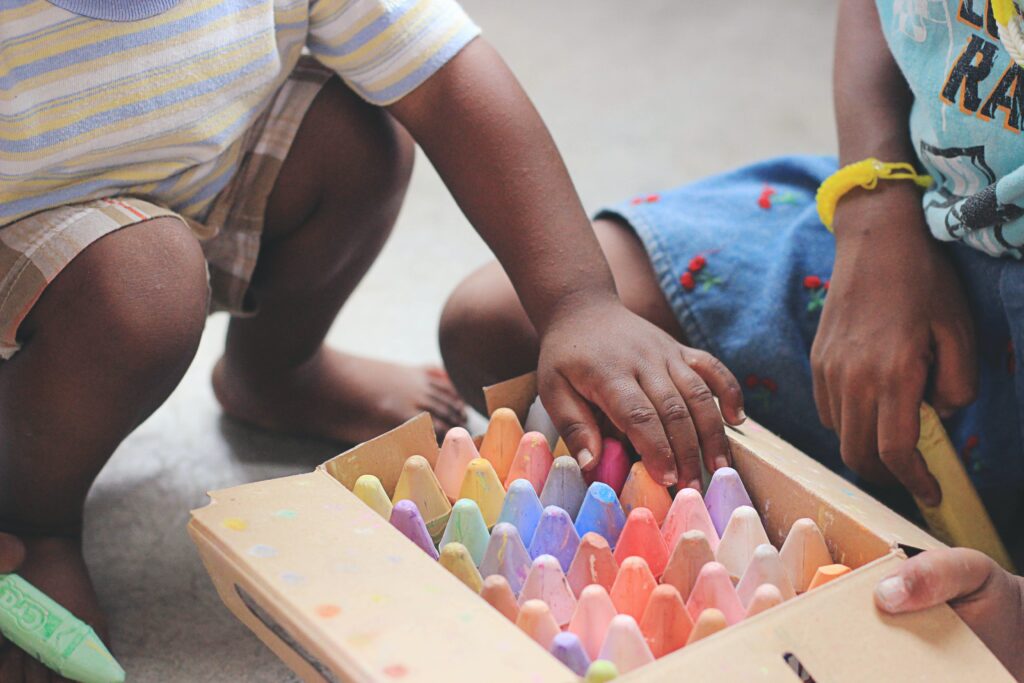You may have heard of the term “echolalia” or “scripting” before, but what exactly is it?
By definition, echolalia is a repetition of overheard speech. Some children and adults diagnosed with autism spectrum disorder, traumatic brain injury and other disorders may also have echolalic speech. There are two types of echolalic speech: delayed echolalia and immediate echolalia. Immediate echolalia is a speech utterance/word that is repeated immediately after it is heard whereas delayed echolalia is a speech utterance/word that is repeated after a significant amount of time. It is speech that is repeated from speech sounds that have been heard, days, or even weeks later. Some may have viewed echolalia as a negative behavior; however, according to research, it is actually functional for communication, cognition, and self-regulation. How often have you caught yourself “talking” to yourself to process the world around you, your schedule etc?
… but what are the communicative functions of echolalia?
- Turn-taking
- “Yes” answer
- Protesting
- Labeling
- Providing information
- Affirming
- Protesting
- Directive
- Verbal completion
- Calling
According to Blanc (2012), the child with echolalia clumps short or long words together called “gestalt phrases” (i.e. echolalic utterances) without segmenting out individual words within the phrase. The child has trouble breaking up the gestalts, and will often use them to answer or express themselves even if only part of the gestalt makes sense to us, it is what makes sense to them. The child essentially learns to speak in chunks of words “gestalts”. With the help of their parents and speech-language pathologists, he or she can break down the “gestalts” (longer units) into smaller units, then into words, and mitigate them to various communicative contexts. Over time, the child will learn to produce novel messages in speech. Researchers have determined that mitigated echolalia may help facilitate comprehension of spoken language as well.
To put it into perspective, let’s say, for example, you spent the day with your child at the park. You see a cute dog walk by with its owner, you point and say “It’s a dog!” The next day, your child’s teacher asks him or her what they did over the weekend. Your child responds, “It’s a dog!” Although this statement may not be an appropriate response in context, this is the child’s way of communicating that they went to the park over the weekend. In other words, this gestalt is meant to be communicative and valuable to the conversation for the child. This phrase can be broken down into smaller units and modeled for the child to help them comprehend the individual words within the phrase and mitigate it in different conversational contexts. For instance, you can present various animal toys to the child and model the phrase “It’s a _____” for each animal toy.
Blanc described this type of language development in stages shown below.
- Stage 1: Use of gestalt language wholes. These gestalts can be communicative and valuable.
- Stage 2: Mitigation of wholes into phrases; Recombination of phrases
- Stage 3: Isolation of words; Recombination of single words
- Stage 4: Beginning grammar (self-generated)
- Stage 5: More advanced grammar
- Stage 6: More complex grammar
It’s important for families to provide as many opportunities for language practice as possible. Work with your speech-language pathologist to see what fits the needs of your child best.
Written by Debora Mahgerefteh SLP LIU ’20
References
ASHA Echolalia and Its Role in Gestalt Language Acquisition, (2020) Retrieved From https://www.asha.org/Practice-Portal/Clinical-Topics/Autism/Echolalia-and-Its-Role-in-Gestalt-Language-Acquisition/
Blanc, M. (2012). Natural language acquisition on the autism spectrum: The journey from echolalia to self-generated language. Communication Development Center.
Levin, H. Bond, S. (1998). Aphasia after Traumatic Brain Injury in Acquired Aphasia (Third Edition)
Stiegler, L (2019). A Language-Based Approach to Managing Echolalia, ASHA
